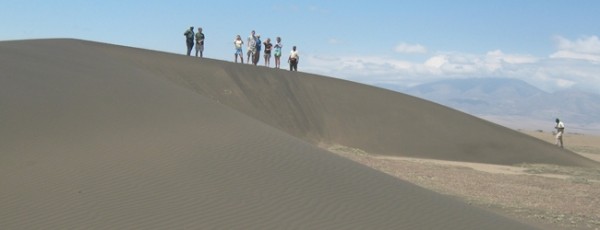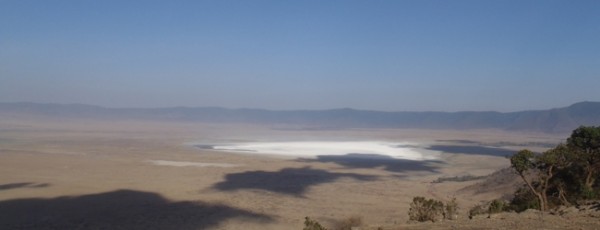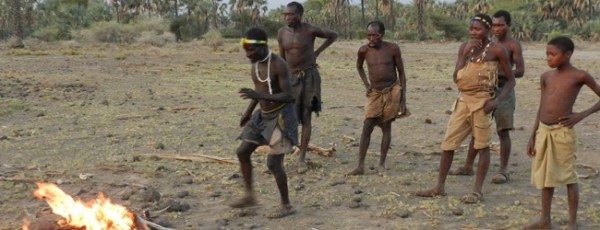Shooting on location in Tanzania with filming fixer Janice Beatty
Janice has been based in East Africa for around 20 years. She spent nearly a decade as a Production Manager working on numerous wildlife films before joining African Environments.
 What can you tell me about the region that you cover?
What can you tell me about the region that you cover?
At African Environments we cover the whole of Tanzania in East Africa; a beautiful, peaceful and united African country that’s home to Africa’s highest peak, Mount Kilimanjaro. One quarter of Tanzania is protected for conservation purposes.
What types of locations do you have to offer?
We have beautiful beaches, the Indian Ocean, game reserves, national parks, lakes, the Rift Valley, mountains, African villages and local indigenous tribal areas.
What filming infrastructure do you have?
We have filming and passenger vehicles, mounts for cameras (high hats) and a Cessna 206 aerial wing mount. We have mobile luxury mountain and walking camps available, and staff who can assist with camps and film shoots.
Which locations are most commonly used by film and TV crews when they film in Tanzania?
It’s mostly national parks and game reserves for wildlife shoots, or for other genres vast open spaces with no people or cars. Tanzania’s not really set up for studio filming or post-production facilities. Places like the Serengeti National Park are home to 20% of Africa’s large mammal population.

Which are the more unusual locations in Tanzania that our readers would not necessarily associate with the region?
The beautiful white sand beaches, fantastic underwater possibilities and colourful coral.
What has been your most difficult location assignment to date?
I think possibly our most challenging assignment was a BBC comedy series called Taking The Flak. We had actors, lights, scripts and film locations to sort out. It was a lot of fun but challenging!
What types of production does your office handle most?
Documentaries mostly but we have assisted in a wide variety of productions. Recent examples include wildlife documentaries for National Geographic Society, various shoots for production companies in the UK and South Africa, interviews for the BBC World Service and also a Top Gear Special for the BBC.

Are there any local filming tips you can share?
Pre-production lead-in times are long. I need between four and six weeks to obtain Government permits and crews need to be aware they will have to buy visas - usually USD50 each - on entry to Tanzania.
March and April every year are the wet season, which makes getting around tricky. For the rest of the year the weather is usually sunny. Medical facilities are not very good in Tanzania so for emergencies we recommend a flying ambulance service that uses Kenya’s hospitals. In terms of accommodation, it’s good to bear in mind that hotels can be expensive too.
Which are the main airports?
Kilimanjaro International Airport and Dar Es Salaam International Airport are the main ones in Tanzania. Jomo Kenyatta International Airport in Nairobi, Kenya, also services Tanzania and this is where most of the airlines go.

What would you recommend crew and cast do to visit, have fun and relax in Tanzania?
I would recommend water sports by the coast, balloon rides over the Serengeti, wildlife safaris, mountain climbing, camping and visiting hunter-gatherer tribe the Hadza.
What do you do to relax after work?
I practice yoga, I play tennis and I ride horses.
Where did you last go on holiday?
This summer I went on a boat sailing holiday in Croatia; amazing place!
Thank you
To contact Janice please click here.
Related Posts
- Location Report: Filming on location in Tanzania in East Africa
- Wildlife filming: What producers should know
- Filming on location in Tanzania with Peter Jones
- On location with Line Producer Mags Lightbody
- Filming on location in Jackson Hole with Location Manager Ian Gersten
- On location with Michael Brook, Manager of Screen Auckland
- Uganda: a fast growing, prime location for film productions
- Filming Indian Ocean locations with Andreas Habermeyer of Identical Pictures
Related posts:
Comments
Not Logged in
You must be logged in to post a comment
There are no comments